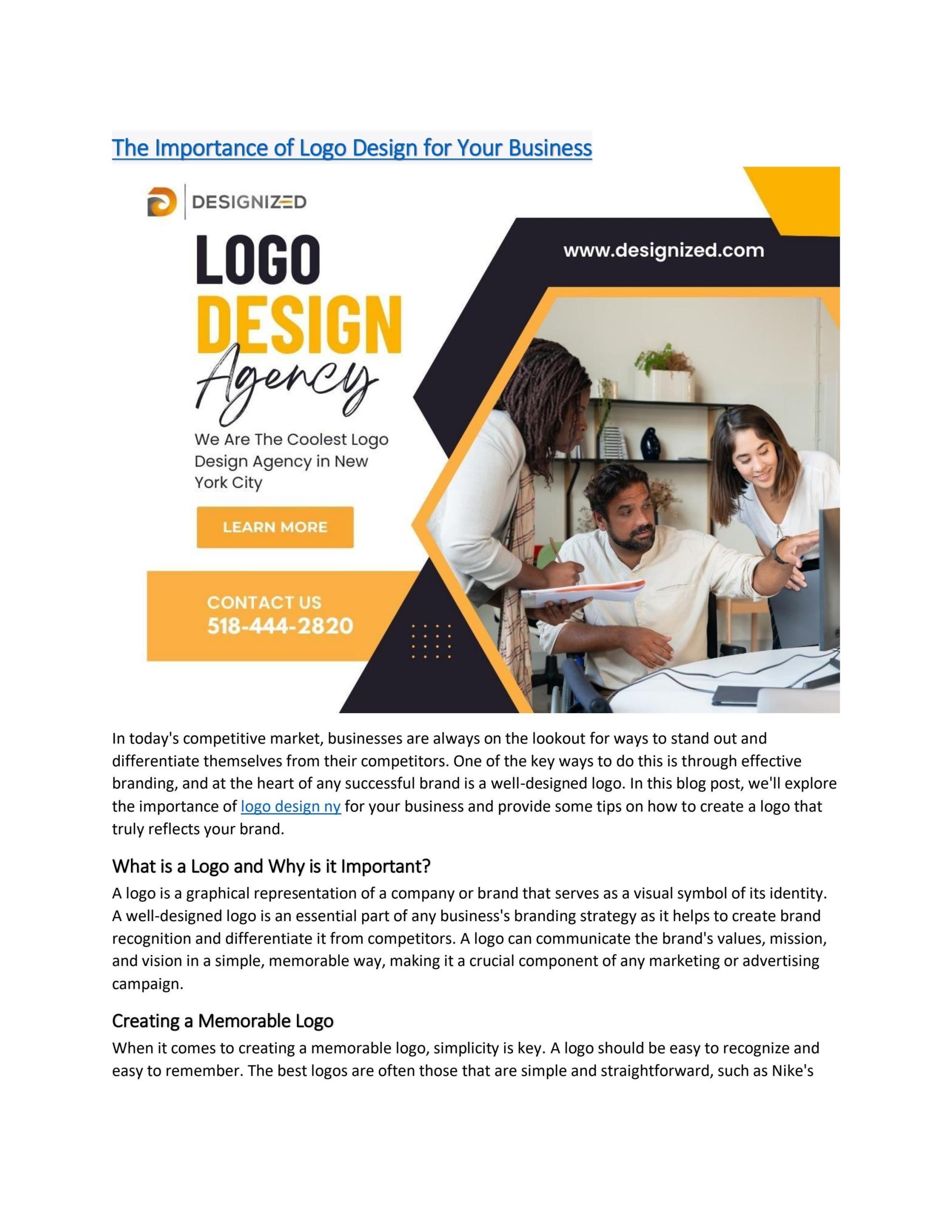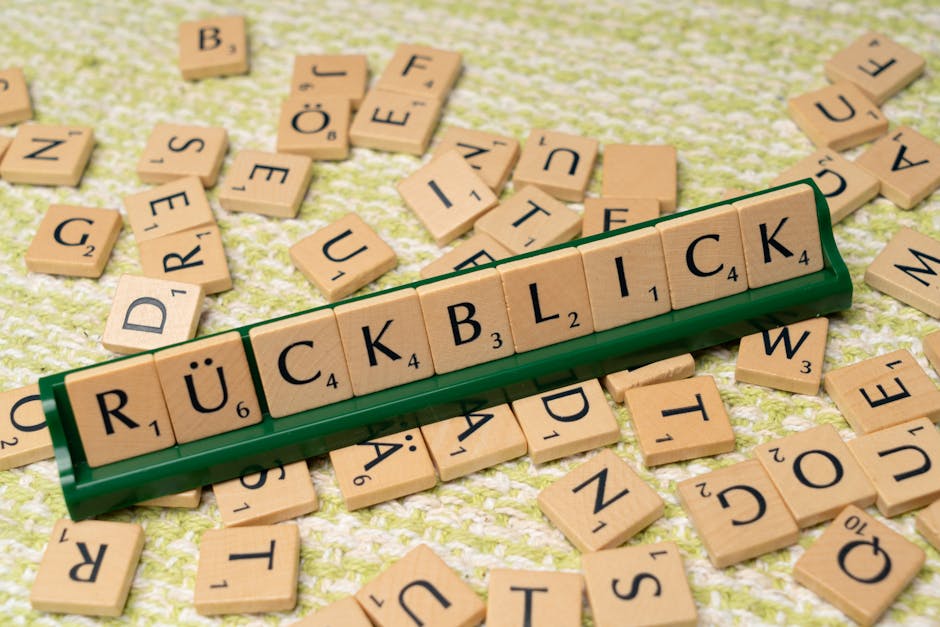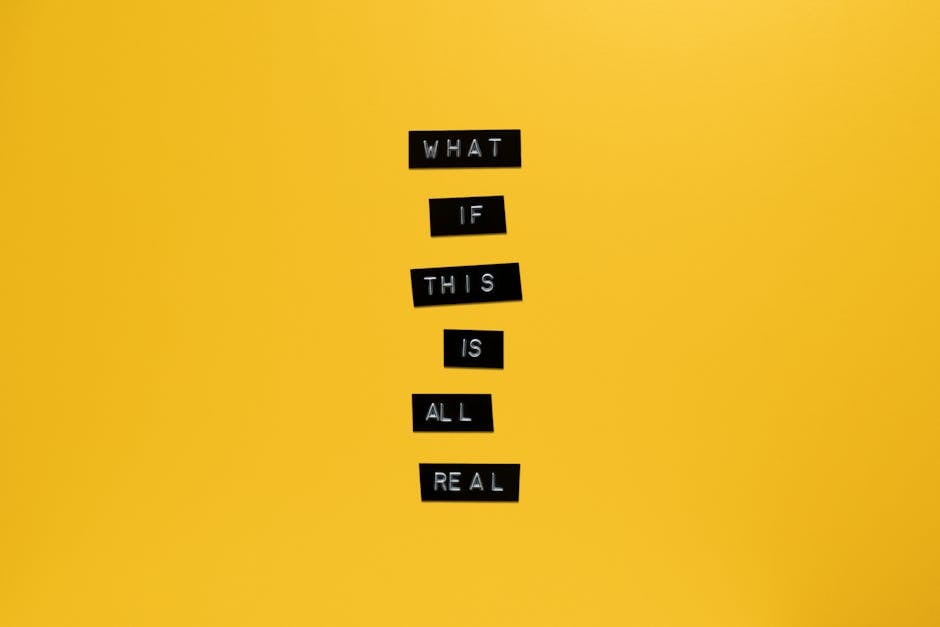
logo-design/” title=”Farm Logo Design”>Typography in logo design may seem like just a bunch of fancy letters thrown together, but in reality, it’s like the seasoning in a delicious meal – without it, your logo just falls flat like a soufflé that never rose. So buckle up, buttercup, because we’re about to dive headfirst into the wonderful world of mastering typography in logo design. Grab your pens, rulers, and a hefty dose of creativity, because this is going to be one wild ride!
Choosing the Right Font for Your Logo
Alright, let’s talk fonts! Choosing the perfect font for your logo can be a daunting task, but fear not, I’m here to help you navigate through the sea of typefaces.
When selecting a font for your logo, consider the following:
- Personality: Your font should reflect the personality of your brand. Are you sleek and modern or fun and quirky?
- Readability: Make sure your font is easily readable, even at smaller sizes. You don’t want people squinting to figure out what your logo says.
- Uniqueness: Stand out from the crowd by choosing a font that is unique and memorable.
Remember, fonts are like ice cream flavors – there’s plenty to choose from, but not all of them will satisfy your cravings. So take your time, experiment with different fonts, and find the one that speaks to you and your brand. Happy font hunting!

Understanding Typography Principles
Typography can be a bit like choosing a font for your resume – overwhelming and confusing. But fear not, brave typographer! We’re here to break it down into bite-sized pieces for you.
Let’s start with the basics. Fonts are like personalities – some are bold and loud, while others are elegant and understated. When choosing a font, think about the message you want to convey. Are you going for a professional look or a fun and playful vibe? **Mixing and matching fonts can add visual interest to your design, but be careful not to overdo it.** Keep it to a maximum of two different fonts to avoid a typographic disaster.
Typography is more than just picking a font; it’s about how you use it. **Leading, tracking, and kerning are all essential aspects of typography** that can make or break a design. Leading refers to the space between lines of text, tracking is the space between letters, and kerning is the adjustment of space between individual letters. Paying attention to these details can elevate your design from mediocre to magnificent.
Lastly, don’t forget about hierarchy. **Using different font sizes, weights, and styles can create a visual hierarchy that guides the reader through your design.** Think of it as a roadmap – the most important information should stand out, while supporting details should take a back seat. With these typography principles in mind, you’ll be well on your way to creating stunning designs that turn heads and drop jaws.
Utilizing Hierarchy and Contrast
Hierarchy and contrast are crucial elements in design that can help make your content stand out. By utilizing these principles effectively, you can create visually appealing and engaging pieces that catch the viewer’s attention. Think of hierarchy as your design’s boss, telling elements where to go and what to do, while contrast is like the spicy seasoning that adds a kick to your work.
One way to use hierarchy is by playing with font sizes. For example, you can make your headlines bold and large to draw the reader’s eye, while keeping the body text smaller for easy readability. Another fun trick is to use different colors to differentiate sections of your content – just make sure they complement each other and don’t clash like your Aunt Mildred’s questionable fashion choices.
Contrast is like the yin to hierarchy’s yang – they work together harmoniously to create balance in your design. Don’t be afraid to mix and match different elements like light and dark colors, big and small shapes, or serious and whimsical tones. Embrace the differences and let them enhance each other like a quirky buddy cop duo solving crimes in a small town – entertaining and effective when done right! So, next time you’re stuck on a design project, remember to utilize hierarchy and contrast like a boss and a sidekick, creating a dynamic duo that will leave a lasting impression on your audience.
Embracing Minimalism in Design
Minimalism in design is all about saying more with less. It’s like the Marie Kondo of the design world, except instead of throwing out everything that doesn’t spark joy, we’re just keeping things sleek and simple. So grab your metaphorical garbage bags and get ready to declutter your design space!
When it comes to embracing minimalism, less is definitely more. That means stripping away all the unnecessary bells and whistles to create clean, streamlined designs that pack a punch. Think of it as the design equivalent of a sleek, black turtleneck – simple, sophisticated, and oh so chic.
But don’t confuse minimalism with boring. Just because your design is simple doesn’t mean it can’t be eye-catching. In fact, sometimes a minimalist approach can make your design stand out even more. So embrace the negative space, use bold typography, and let your design speak for itself.
So say goodbye to cluttered layouts and busy designs, and hello to the beauty of simplicity. is all about paring things down to the essentials and letting your creativity shine. Trust me, your design portfolio will thank you.
Exploring Custom Typography Options
Looking to add some flair to your designs? Dive into the world of custom typography options and take your projects to the next level!
Forget about boring Times New Roman or Arial fonts, it’s time to get creative. With custom typography, you can truly make your message stand out and leave a lasting impression on your audience. Explore different styles, weights, and flourishes to find the perfect fit for your project.
Not sure where to start? Here are a few tips to help you on your typographic adventure:
- Experiment with different font pairings for a dynamic look
- Play around with letter spacing and kerning for added impact
- Don’t be afraid to mix and match different styles for a unique aesthetic
Don’t settle for generic fonts – unleash your creativity with custom typography options and watch your designs come to life!
Incorporating Negative Space for Impact
Negative space is like the cool kid that never gets the credit it deserves. But trust me, incorporating negative space in your designs can really make them pop! It’s like adding an extra sprinkle of pizzazz to your work that no one else can quite put their finger on.
One way to use negative space effectively is by letting it frame your main subject. Think of it as giving your design a fancy border without actually having to draw one. This technique draws the eye to the center of your piece and creates a sense of balance and harmony. Plus, it looks pretty darn cool.
Another way to play with negative space is by using it to create hidden images within your design. It’s like a little easter egg for your viewers to discover! Try incorporating negative space to form shapes or objects that tie into the theme of your design. It’s a fun way to add an extra layer of interest for your audience to enjoy.
And let’s not forget about the power of contrast. Negative space can be used to create sharp contrasts that grab your viewer’s attention. By strategically placing negative space around your main subject, you can make it stand out like a neon sign in a sea of darkness. It’s like giving your design the spotlight it deserves. So go ahead, embrace the negativity and see the positive impact it can have on your work!
FAQs
What is the importance of typography in logo design?
Typography is like the salt and pepper of logo design – it adds flavor and personality. Choose the right font, and your logo will be as delicious as a gourmet meal. Choose the wrong one, and well, let’s just say it won’t be winning any Michelin stars.
How can I choose the perfect font for my logo?
Finding the perfect font is like finding the perfect life partner – it can take time and lots of trial and error. Consider the personality of your brand, the emotions you want to evoke, and whether the font is single and ready to mingle with your logo’s other elements.
Should I use a custom font for my logo?
Custom fonts are like bespoke suits - they fit like a glove and make you feel like a million bucks. If you have the budget and want a logo that’s one-of-a-kind, custom typography is the way to go. Just be prepared to spend some quality time and money with a typography designer.
How can I make sure my typography is legible in my logo?
Legibility is key when it comes to typography in logo design. No one wants a logo that looks like a jumbled mess of letters - unless you’re going for that “modern art” vibe. Make sure your font is clear, easy to read, and doesn’t require a magnifying glass to decipher.
Any tips for balancing typography with other elements in a logo?
Balancing typography with other elements in a logo is like trying to juggle cats - it’s a delicate art. Make sure your font doesn’t overpower or get lost in the other design elements. Play around with size, spacing, and hierarchy to create a harmonious composition that’s purrfectly balanced.
Time to Make Your Type Pop!
Congratulations, typography master! You’ve now unlocked the secrets to creating killer logos with just the right typeface. Go forth and design with confidence, knowing that your typography skills are on point. Remember to kern like a boss, choose fonts wisely, and experiment with styles to create logos that truly stand out. Keep practicing and perfecting your craft – the typographic world is yours to conquer!









